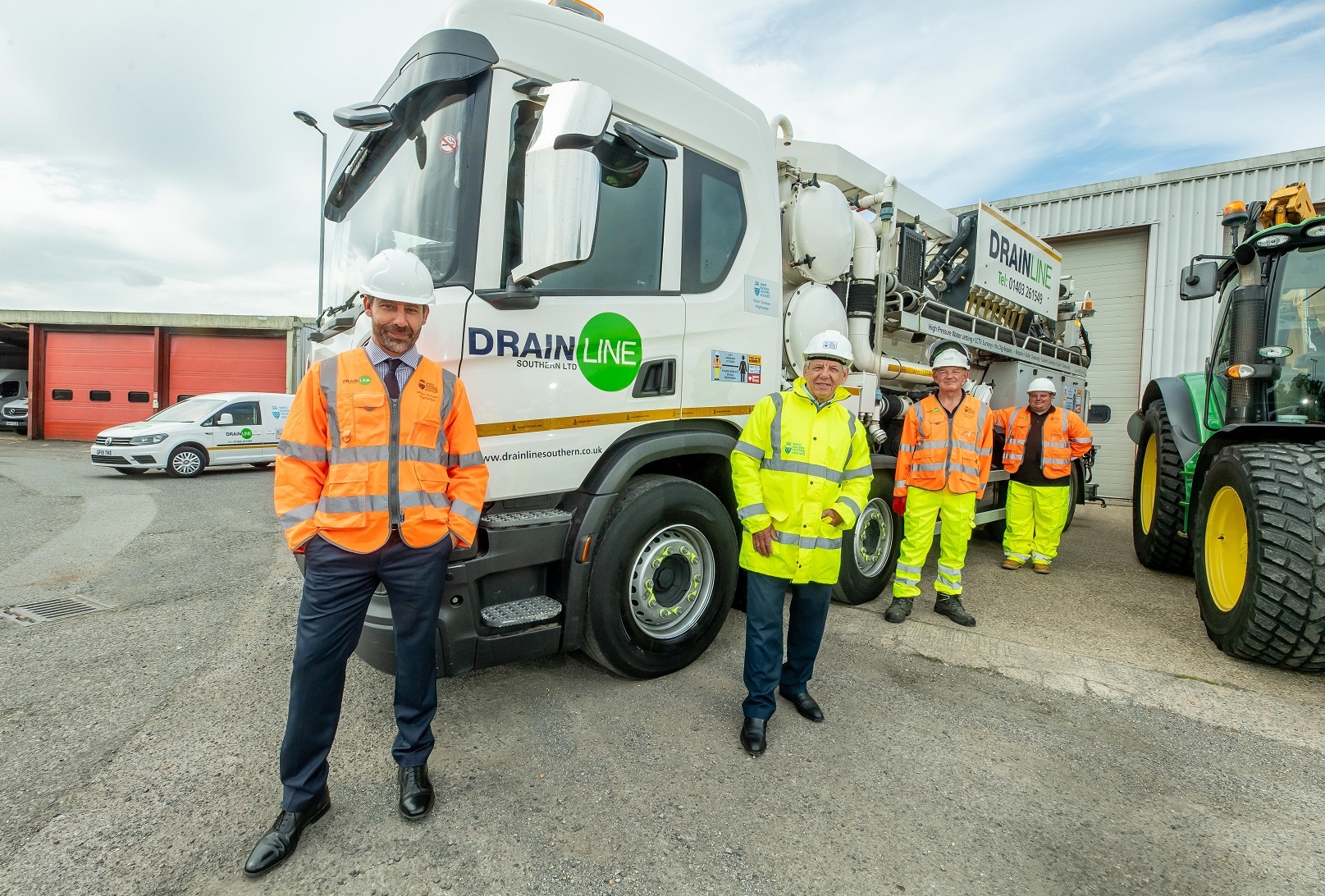-
07943 892877
West Sussex County Council Proactive flood prevention team targets highway ‘hotspots’
West Sussex County Council Proactive flood prevention team targets highway ‘hotspots’
Kirdford Village
04/12/2020
A ‘find and fix’ team will target roads prone to flooding in Operation Flood Prevention, which starts on Monday (7 December) and will run until the end of March next year.
Highway officers will work closely with our contractor, Drainline Southern, to co-ordinate the county-wide programme of proactive drainage cleansing.
Roger Elkins, Cabinet Member for Highways and Infrastructure, said: “This proactive work will be in addition to our existing cyclical and reactive responses to drainage problems, which will continue in the usual way.
“Officers will use historical flooding data and their local knowledge to help target potential problem areas.
“The work will include cleaning the drainage system to ensure it is working to its full capacity, and this will support flood resilience for local communities.”
Tristan Miles, managing director of Drainline Southern, said: “It’s so vitally important that we target areas of flooding in the winter months – using our smart Geographic Information System (GIS), combined with local knowledge of the county, we can proactively tackle known problem hotspots.
“We will use one of our water efficient Super Recyclers to target these areas in the most efficient way possible.”
Residents are asked to continue to report highway drainage problems in the usual way, either via our website at www.westsussex.gov.uk, using the Love West Sussex app or by calling 01243 642105.
Super Recycler truck fact file:
- Waste water collected by the truck is recycled and can be used immediately for jetting, reducing the time spent on site, with all the environmental benefits of re-using the waste water
- The Super Recycler has unprecedented vacuum and high-volume capacity
- It is perfect for hard-to-reach areas, such as culverts and across fields, due to the exceptional suction
- It can suck to a depth of 50-70 metres straight down and more than 400 metres across land, depending on the fall of the pipe and whether liquids or solids are involved.
